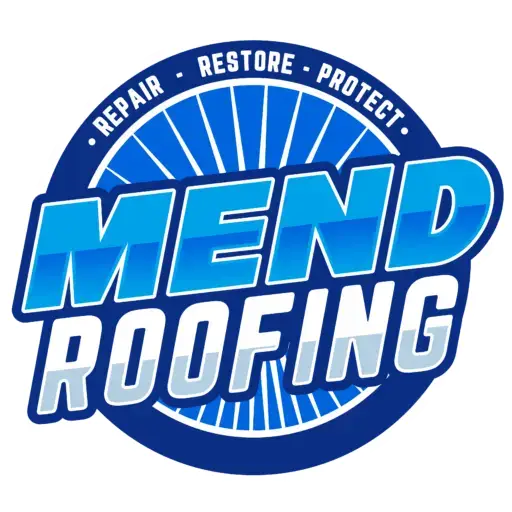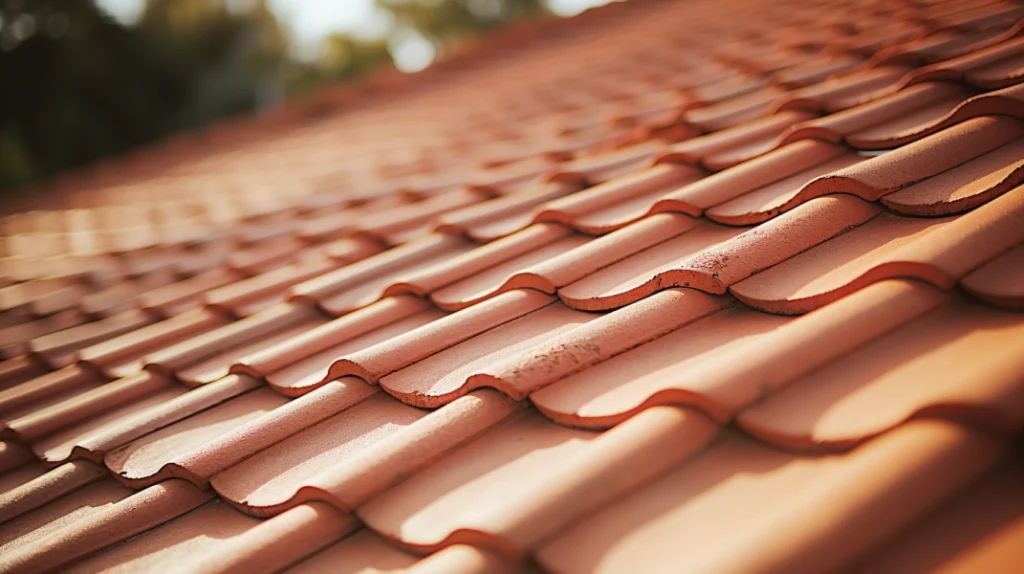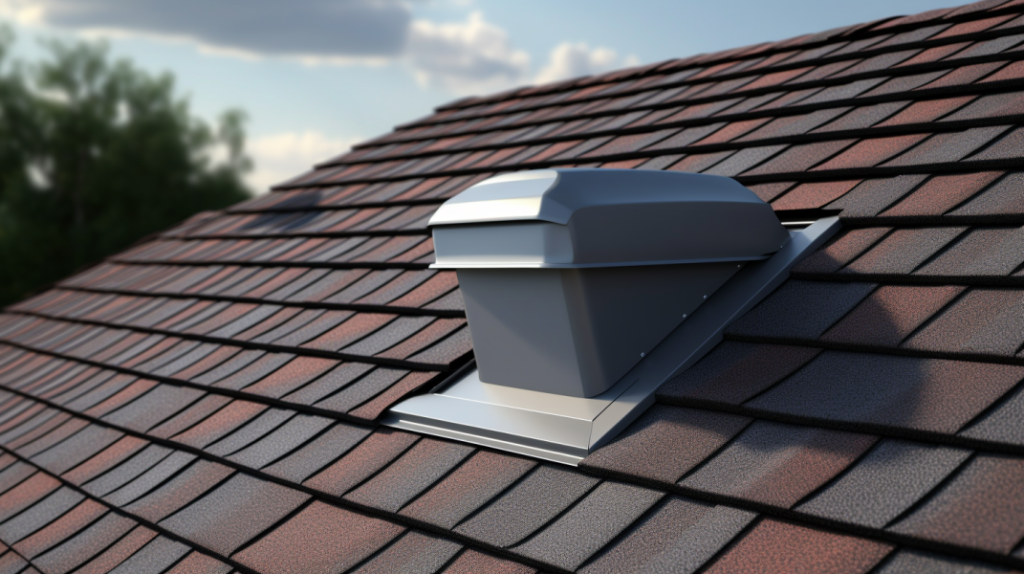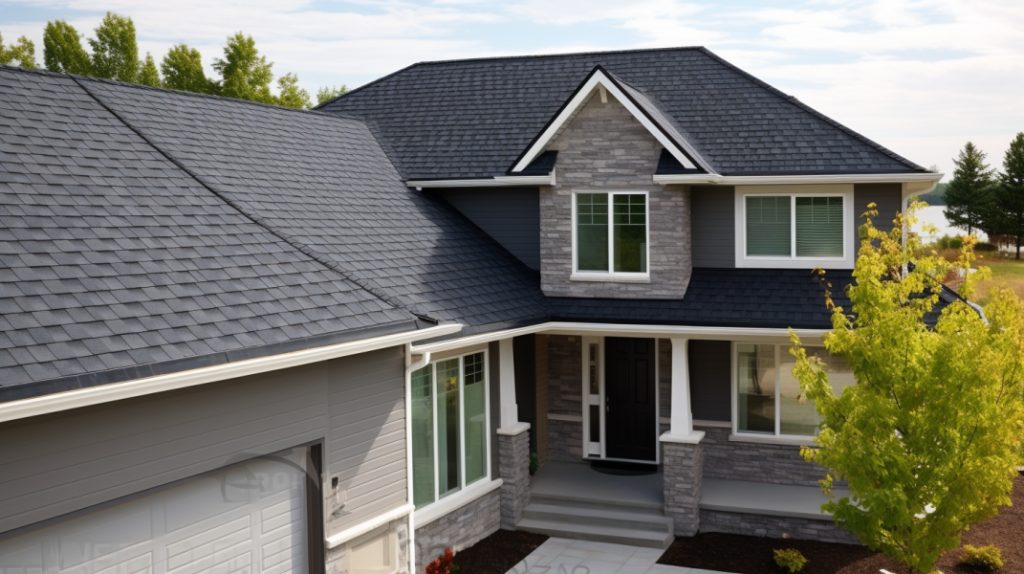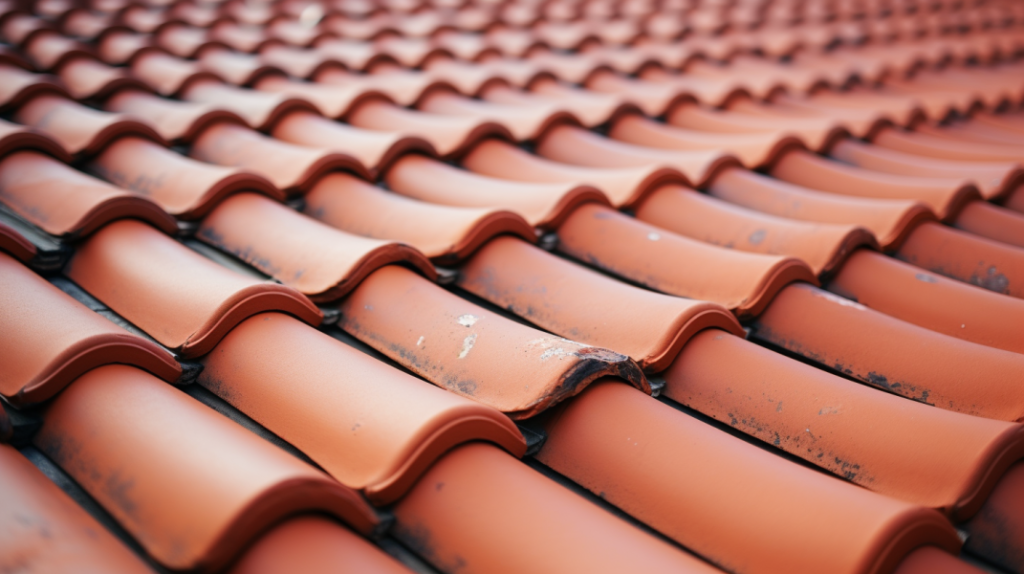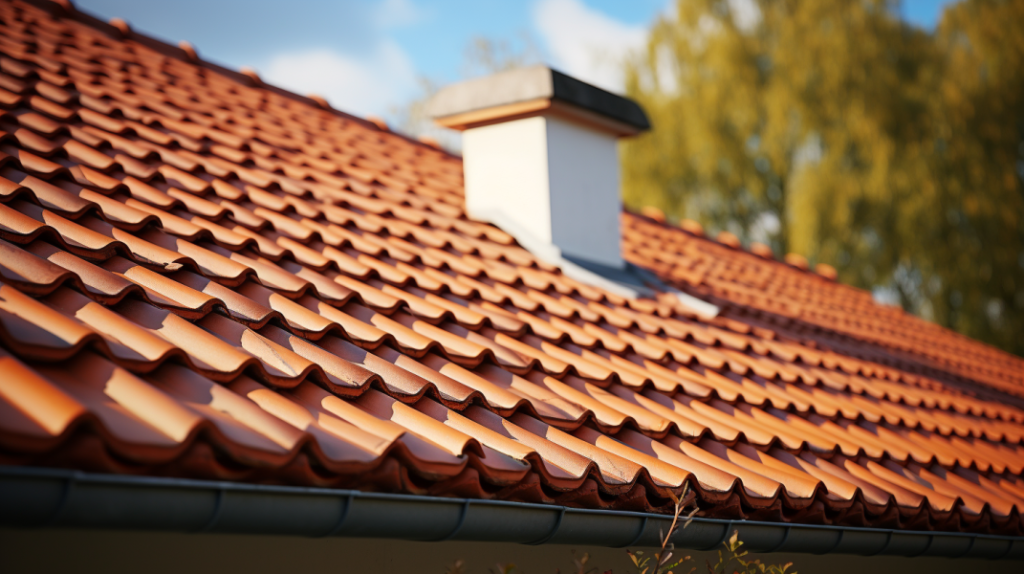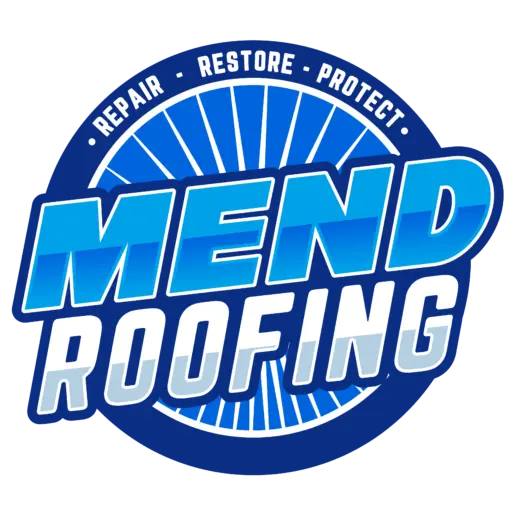The Reality of Dew Points in Texas
When one thinks of Texas, images of scorching sun and arid landscapes often come to mind. However, the vastness of Texas means it’s home to diverse climates. While some areas bask in the warmth, cities like Houston experience a notably humid climate. This brings us to the question: How does the dew point affect roofs in such regions?
The dew point is essentially the temperature at which air becomes saturated, causing water vapor to condense into liquid. Factors like air temperature and humidity play pivotal roles in determining the dew point. For instance, in a city like Houston, where humidity levels can soar, the dew point becomes a significant concern.
Houston’s Unique Climate
Contrary to popular belief, Texas isn’t just a hot and dry state. In Houston, the humid subtropical climate, influenced by tropical patterns, is predominant. This high humidity means that reaching the dew point and subsequent condensation on roofs is not just a possibility but a frequent occurrence. Such condensation can lead to attic moisture, a concern that Mend Roofing, along with other roofing experts, often addresses.
The Implications of Roof Condensation
When humidity-induced condensation settles on a roof, it doesn’t evaporate quickly. Instead, it permeates the roofing materials. Over time, this moisture can:
- Foster the growth of mold and mildew.
- Cause roof rot.
- Lead to attic moisture and potential roof leaks.
- Pose structural challenges, especially for flat roofs that lack a slope for water run-off.
It’s crucial to recognize the signs of roof condensation damage early. Discoloration, damp spots in the attic, or even occasional dripping are indicators. Additionally, curled shingles can also hint at underlying condensation issues.
Proactive Measures Against Roofing Condensation
At Mend Roofing, we believe prevention is better than cure. Here are some strategies to combat roofing condensation effectively:
1. Choose Quality Roofing Products:
Opting for superior roofing products can make a world of difference. For instance, products with Advanced Protection® Shingle Technology and StainGuard Protection are designed to withstand the elements better.
2. Ventilate Your Roof:
Roof ventilation can circulate air, reducing the humidity that leads to condensation. It also safeguards your attic from moisture and enhances the overall energy efficiency of your home.
3. Insulate Your Attic:
While external factors often cause Houston’s roof condensation, insulating the attic can protect your home’s interior as you address the external issues.
4. Implement a Vapor Barrier:
Positioned beneath your roof’s surface, a vapor barrier obstructs moisture from seeping through. While it might not prevent algae formation or shingle discoloration, it can contain the spread of roofing condensation within your home.
In Conclusion
While Houston’s climate differs from many parts of the country, roof condensation remains a pressing concern. Staying informed about the climate, routinely inspecting your roof and attic, and implementing the strategies mentioned can safeguard your home. If you’re seeking a roofing contractor in Cypress Texas, Mend Roofing is here to assist. With our commitment to excellence, we’ve become a trusted name for roof repair in Cypress TX. Reach out to us for unparalleled service and expertise.
